By Stephanie Campbell and Amanda Davidson
Why talk sport and contact lenses?
Explore the connection between sports, fitness and clear, uninterrupted vision
Awareness that sport plays an important role in living our lives in a healthy way is very high, with 41% of Europeans participating in sport/exercise at least once a week.2 This creates a huge opportunity to open a lifestyle discussion with our patients, linking in to the benefits of a healthy diet, avoiding smoking and regular exercise.3

Talk about the benefits of contact lenses over spectacles for sport3
- Wider visual field
- Less minification/magnification
- Greater stability
- Enhanced depth perception
- Fewer aberrations or prismatic effects
- Fewer reflections
- Not affected by fogging, rain or dirt
- Allows protective headgear, eyewear or sunglasses to be worn
- Can help protect the eye from transmission of UV radiation*
- Low risk of potential damage to the eye during wear
*UV-blocking contact lenses are not substitutes for protective UV-blocking eyewear such as UV-blocking goggles or sunglasses because they do not completely cover the eye and surrounding area
Consider UV protection
Most patients are aware of protecting the skin from harmful UV rays, especially during outdoor sports. But few understand the impact of UV on the eyes and the benefits of comprehensive protection to include wraparound sunglasses, wide brimmed hat and UV-blocking contact lenses.4
Only 53% of practitioners actively recommend UV-blocking contact lenses to their patients despite a high level of interest in trying the lenses when consumers are prompted.4
Ensure your patients understand the all-day, all year- long, all-weather risks of UV when they are involved in outdoor sports. Unlike the skin, light scatter and reflection are of more concern to the eye than direct exposure. Eye protection just in the summer months or around midday is inadequate as UV exposure can occur all day and all year.5

Having protective eyewear on display makes patients aware of the solutions you can offer. 81% of sports-related eye injuries are caused by ball to eye contact6
What to look and listen for
You and your staff’s sports vision assessment begins as soon as your patient walks through the door
Look out for the sports and fitness clues to help identify potential contact lens wearers
Be alert to the visual clues about a patient’s fitness and lifestyle, but be sure to enquire about hobbies when conversing with the patient.
Patients’ appearance
- Wearing sports clothing or footwear
- Do they look like they take regular exercise?
Method of getting to your practice
- Arrived by bicycle
- Mentioned they had walked a long distance to the practice
Lifestyle
- Sports noted on record card
- Recently retired – possible change in leisure activities
- Change in their general health/medication that might impact on fitness
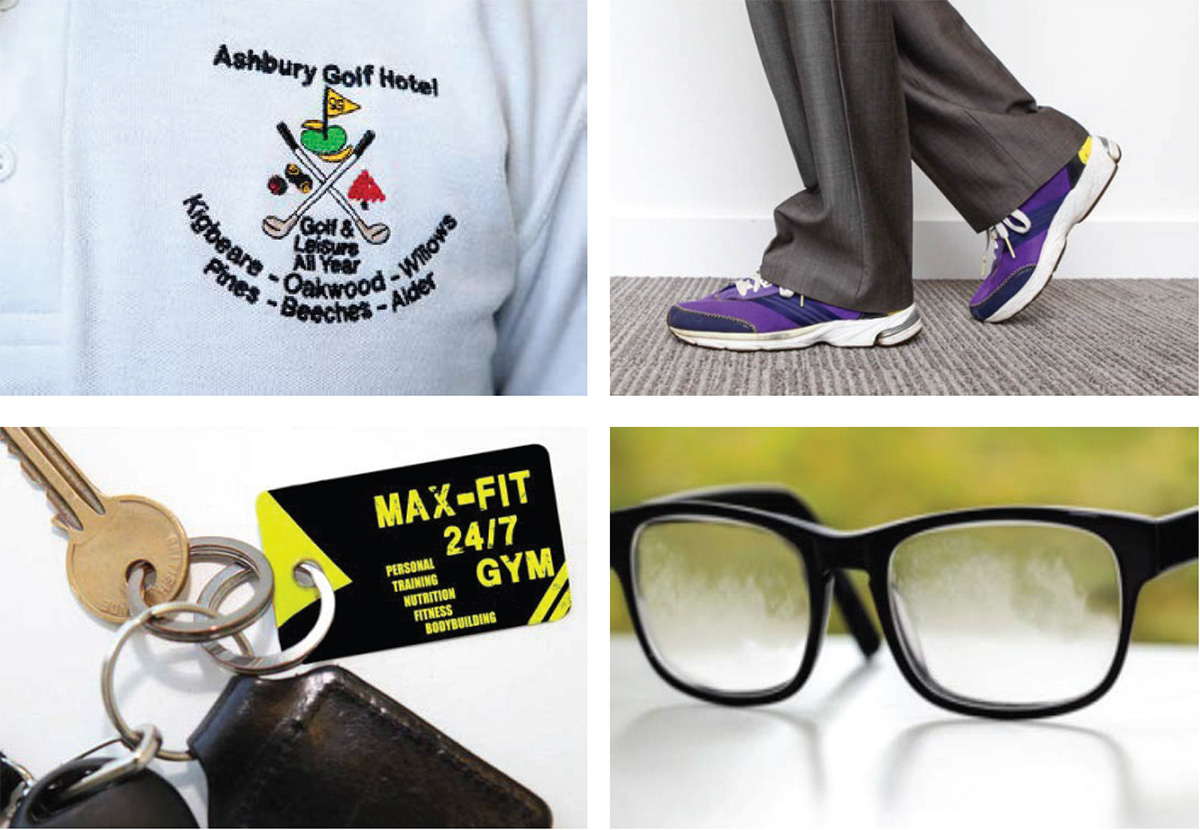
Listen to your patients
Brief staff to listen for comments about sports while patients are making appointments or browsing for frames. Use enquires to start a contact lens conversation, rather than settling for a spectacle solution only. Understanding dispensing requests for certain features may initiate that conversation. These may include:
- Sports bands
- Prescription tints and anti-reflection coating
- Problems with lenses scratching, fogging or getting wet
Patient complaints around ‘glasses getting the way’, ‘being impractical’ or even ‘flying off’ can lead to a conversation about the benefits of contact lens wear. A patient may not be aware that contact lens use can supplement their spectacle wear allowing a flexible approach that best meets their needs.
Look out for the sports participant who is a ‘serial’ spectacles breaker, or constantly comes in for repairs and adjustments – they may be the ideal contact lens wearer!
What to say and do
Sport is the number ONE driver for contact lens wear among teens and young adults
Children who actively play sports can be considered among the best candidates for contact lenses.7 Try using these key points in your conversations with young patients and their parents:
- The primary reason parents give for requesting contact lenses is that their child’s vision correction interferes with sports8
- 70% of parents agree correcting their child’s vision can help with sports performance and 76% agree that contact lenses are a better choice for sport than glasses9
- When making recommendations, we should also consider UV protection.
- Larger pupils/clearer media and longer periods outside mean children are especially vulnerable to over-exposure from UV*
Ask children ‘Are you allowed glasses for games at school?’ Some schools don’t allow spectacles for safety reasons and parents may not be aware of this. Positive power lenses can help show parents how their myopic child sees without glasses to allow them to understand the benefits contact lenses can offer.
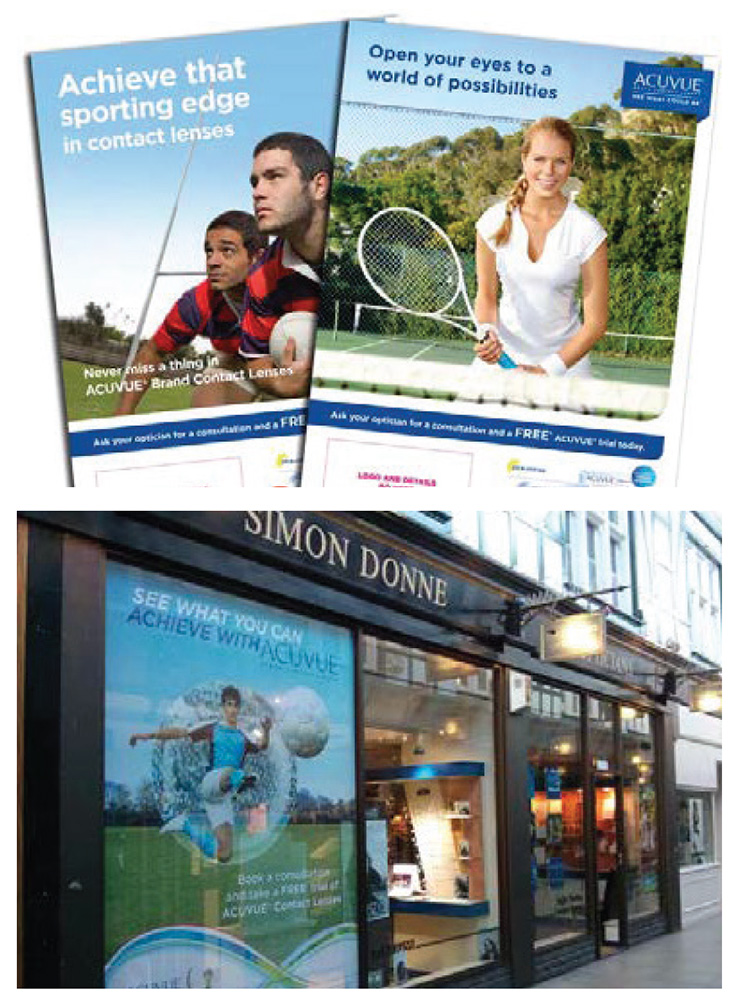
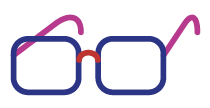 Start the conversation
Start the conversation
‘How do you manage with your spectacles when playing sport?’ ‘Would it be easier to do that without your glasses on?’ ‘Would you like to see TV clearly when you’re running on the treadmill?’
 Safety First
Safety First
All patients should be advised about the potential risk of infection if contact lenses have been exposed to water when worn for water sports. Give personalised professional advice, such as discarding lenses after contact with water and replacing them with a fresh pair.10
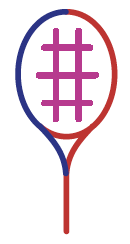 Utilise pre-examination lifestyle questionnaires
Utilise pre-examination lifestyle questionnaires
This gets the whole practice team involved and offers a more structured approach to gaining sports and fitness information from our patients.
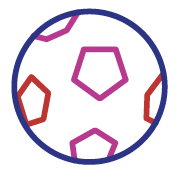 Go for the competitive edge
Go for the competitive edge
An up to date contact lens correction, including small cylindrical corrections, can impact quality of vision, and elite athletes and enthusiastic amateurs alike may find this makes a difference.
 Combine different lens modalities
Combine different lens modalities
Reusable lens wearers may benefit the convenience and hygiene advantages a daily disposable can offer for sport. A strip of daily disposable lenses in the sports bag offers flexibility to switch to contact lenses from spectacles.
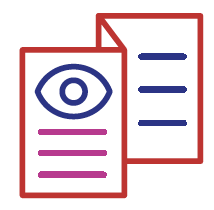 Use sports and vision-related signage and literature
Use sports and vision-related signage and literature
This can prompt a discussion around vision correction for sport.

